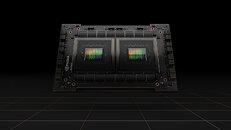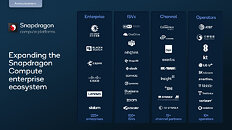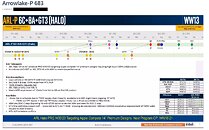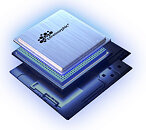
Arm Retakes Control of Chinese Branch Office, New CEOs Appointed
According to the report from Reuters, SoftBank has managed to regain control of the Arm China branch office that went rogue under the chairman and CEO Allen Wu's leadership. Arm China is SoftBank's venture to operate Arm Ltd. business in the Chinese region. That means that Arm can use all the licensing and development done on the mainland with SoftBank's supervision and conduct business. However, that idea was tough to pull off when now ex-chairman/CEO Allen Wu decided not to give up his leadership role for almost two years, despite being fired in 2020.
Not everything is terrible, as the SoftBank operation managed to make some progress in getting back the control of the Arm China venture. The company reports that the Arm China board has voted to replace Allen Wu unanimously and appoint Dr. Renchen Liu alongside Eric Chen as two co-CEOs. Dr. Liu is a vice dean at the Research Institute of Tsinghua University in Shenzhen, and the agency in Shenzhen has registered him as the company leader and general manager. Eric Chen is a managing partner at the SoftBank Vision Fund, helping Dr. Liu with business operations. Later after this decision, Allen Wu posted a letter signed by 430 employees that stated that there were law enforcement errors in his replacement process and that he would continue to lead the company. It is a matter of time before Chinese authorities take this action a step further and see more details.
Not everything is terrible, as the SoftBank operation managed to make some progress in getting back the control of the Arm China venture. The company reports that the Arm China board has voted to replace Allen Wu unanimously and appoint Dr. Renchen Liu alongside Eric Chen as two co-CEOs. Dr. Liu is a vice dean at the Research Institute of Tsinghua University in Shenzhen, and the agency in Shenzhen has registered him as the company leader and general manager. Eric Chen is a managing partner at the SoftBank Vision Fund, helping Dr. Liu with business operations. Later after this decision, Allen Wu posted a letter signed by 430 employees that stated that there were law enforcement errors in his replacement process and that he would continue to lead the company. It is a matter of time before Chinese authorities take this action a step further and see more details.










































